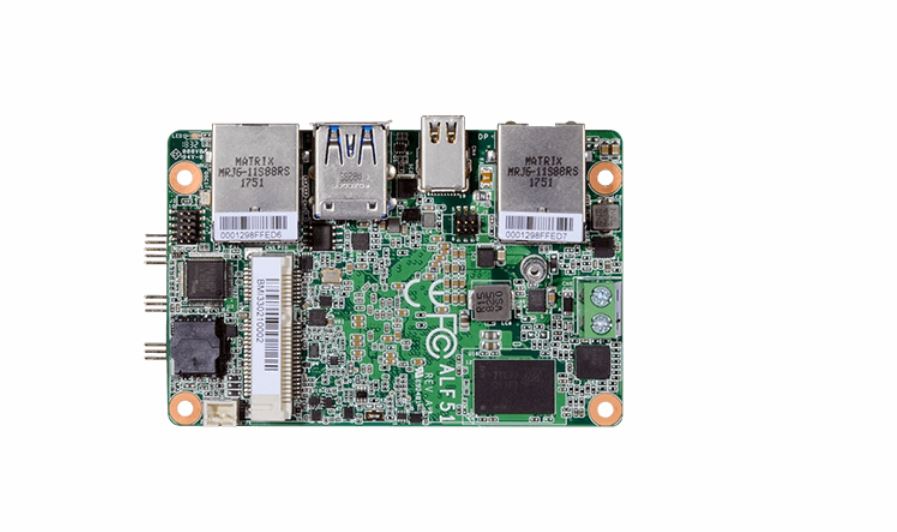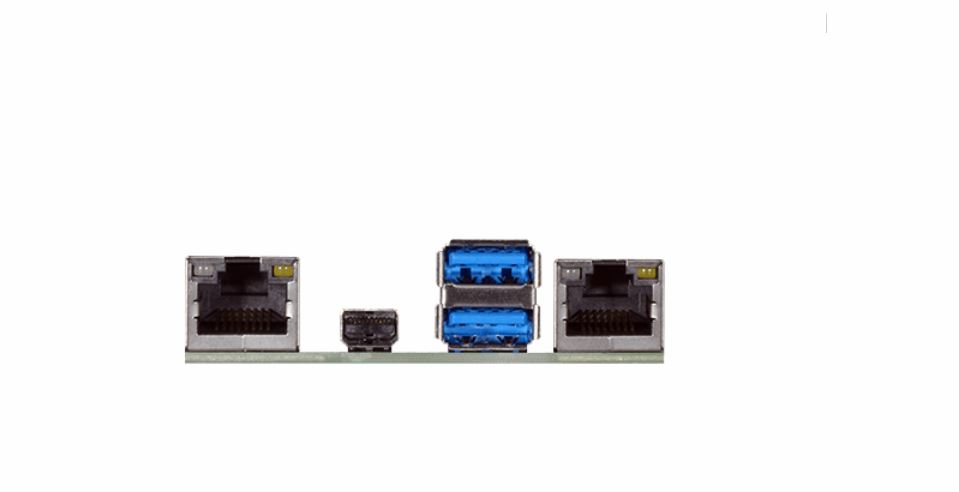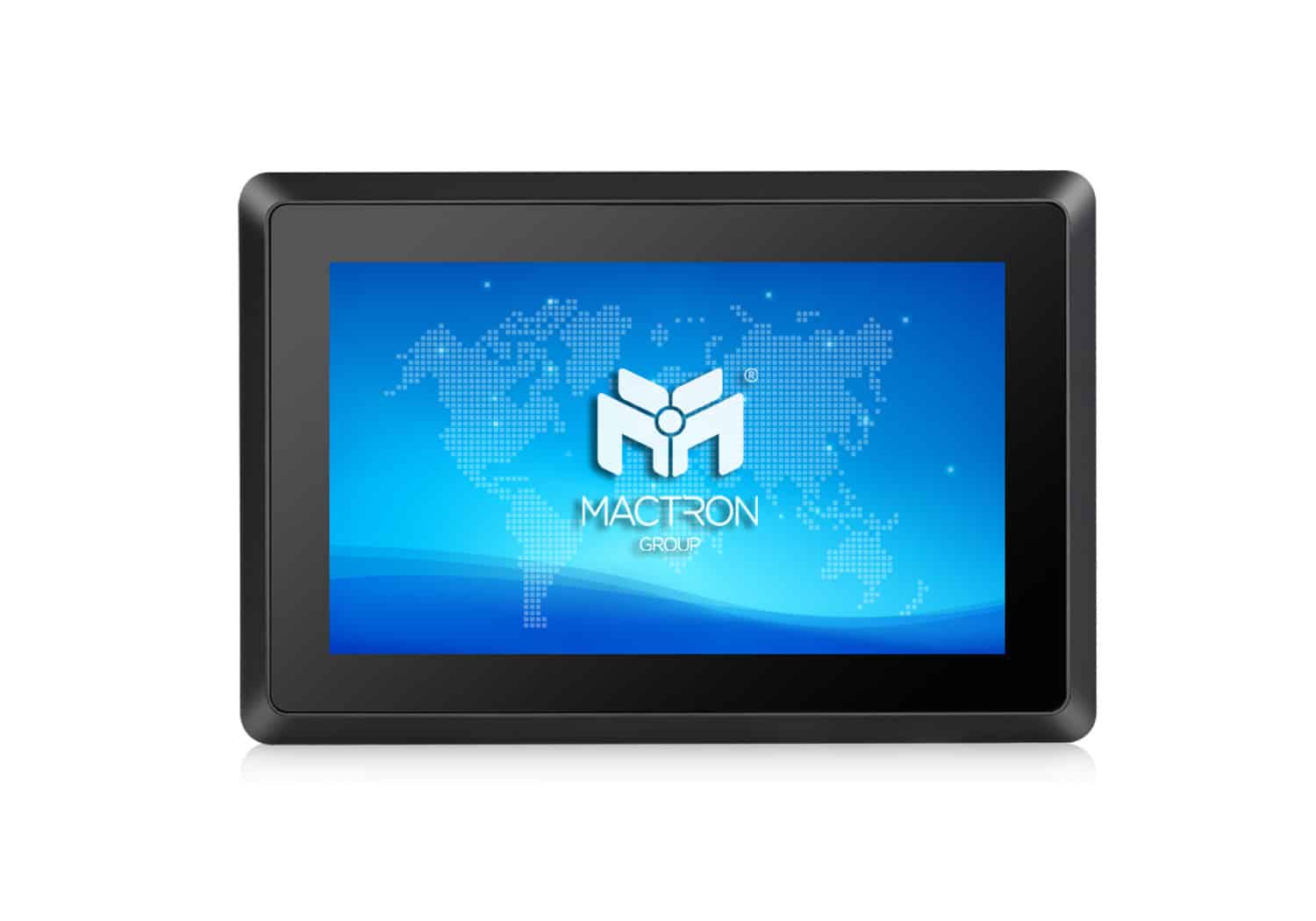Additional information
| CPU | Intel® E3900 Series SoC processors |
|---|---|
| BIOS | Insyde SPI 128Mbit (supports UEFI boot only) |
| Memory Type | Onboard 2GB or 4GB LPDDR4 2400MHz |
| Integrated Graphics | Intel® HD Graphics |
| TPM | 2.0 |
| Watchdog Timer | System Reset, Programmable via Software from 1 to 255 Seconds |
| Storage | 1 x 64GB eMMC onboard |
| Video | 1 x mini DP++ |
| LAN Ports | 2 x Intel® I211AT GbE |
| Extended Interface | 1 x Mini PCIe (full size) |
| Internal I/O | 1 x RS232/422/485 (1.27 mm pitch), 1 x USB 2.0, 1 x 8-bit DIO, 1 x SMBus |
| Rear I/O | 1 x LAN, 1 x USB 3.1 (Gen 1), 1 x mini DP++ |
| Additional Features | OpenGL 4.2, Direct X 11.1, OpenCL 1.2, OGL ES 3.0; HW Decode: H.264, MPEG2, VC1, VP8, H.265, MPEG4; HW Encode: H.264, MPEG2, MPEG4 |
| Power Management | 12V +/- 10% DC via 2-pin Terminal Block |
| Dimensions | 84mm x 55mm |
| Operating Temperature | 32 ~ 140°F (0 ~ 60°C) OR -4 ~ 158°F (-20 ~ 70°C) OR -40 ~ 185°F (-40 ~ 85°C) |
| Storage Temperature | -40 ~ 185˚F (-40 ~ 85˚C) |
| Relative Humidity | 10 ~ 90% (non-condensing) |
| OS Software Supported | Windows 10 IoT 64-bit, Linux |
| Global P/N / SKU | 3308937 |









